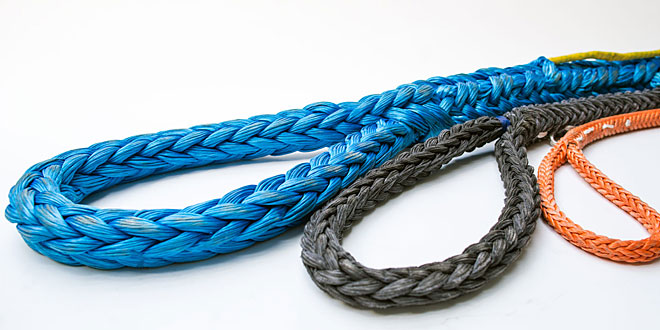Question: How is rayon made? Why is it called artificial silk? List its important properties and uses.
Answer: Rayon is made from wood pulp. Wood pulp is first dissolved in an alkaline solution. The thick liquid produced is then passed through tiny holes to make fibres. the fibres are hardened by passing them into a bath of sulphuric acid. The fibres are then spun into yarn and woven into clothes. Rayon is also called a regenerated fibre.
Artificial Silk: Silk is a natural fibre with a beautiful texture. However, it is very expensive. Towards the end of nineteenth century, scientists made rayon. Rayon is called the artificial silk because it resembles silk both in texture and look. It is cheaper than silk and can be woven like silk fibres.
Properties of Rayon: It is strong and easy to dye in a variety of colours. Another useful property of rayon is that it absorbs sweat. Rayon clothes are therefore comfortable to wear in summers.
Uses of Rayon:
- It is used to make apparel, such as suits, ties, blouses, jackets, stockings, slacks, sportswear, etc.
- Home furnishings, such as bedspreads, bed sheets, blankets, curtains, table clothes, upholstery, carpets, etc. are made from rayon fibre, as it has a silky luster.
Question: List and explain four properties of plastics. Give one use of plastics linked to each of these properties. or Give the characteristic properties and important uses of the following: Polythene, Polystyrene, Teflon, Bakelite.
Answer:
Question: Do you think rayon when burnt will stick to body like other synthetic fibre?
Answer: I think rayon when burnt will not stick to body like other synthetic fibre because it is made from cellulose from wood pulp so it would be considered as plant fibre which is segmented.
Question: Burning cotton smells like burning paper, whereas burning wool smells like burning hair. Why?
Answer: It smells like this because it contains animal hair which as protein.
Question: Which property of plastics make them so useful but also makes them an environmental hazard?
Answer: The property is waterproof of plastic.
 Class Notes NCERT Solutions for CBSE Students
Class Notes NCERT Solutions for CBSE Students


